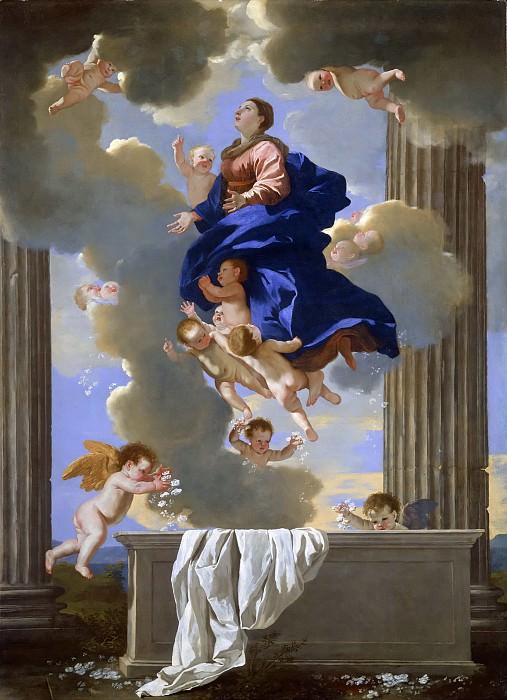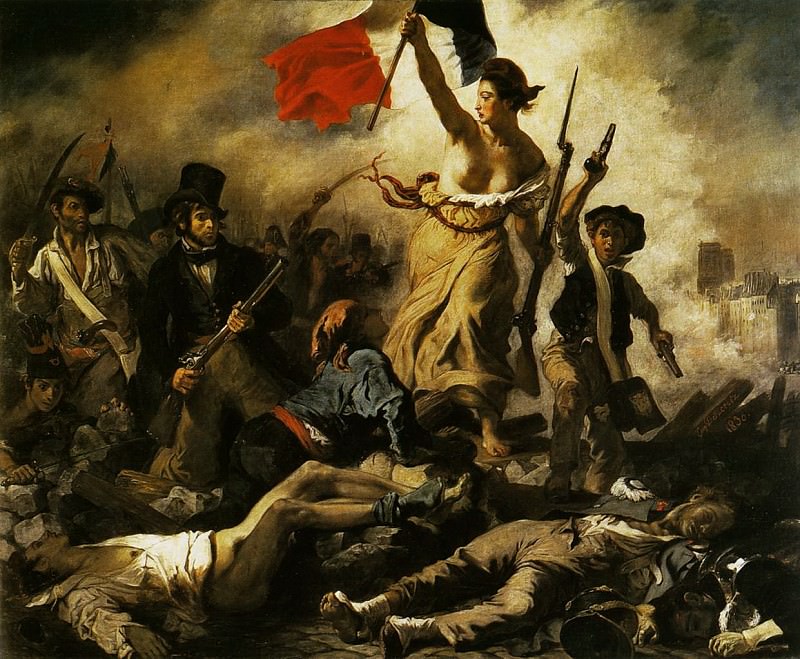The Art of Gil Elvgren: A Master of Pin-Up
Gil Elvgren, an iconic name in the world of art, is renowned for his captivating and glamorous pin-up illustrations. His work, spanning from the 1930s to the 1970s, has left an indelible mark on American popular culture. Elvgren’s art is celebrated for its vibrant, playful, and often sensual depictions of women, which have come to define the genre of pin-up art.
Early Life and Influences
Gillette A. Elvgren, known as Gil Elvgren, was born on March 15, 1914, in St. Paul, Minnesota. From a young age, Elvgren exhibited a keen interest in art and a remarkable talent for drawing. He pursued formal training at the American Academy of Art in Chicago, where he honed his skills and developed his unique artistic style. Influenced by the works of artists like Charles Dana Gibson and Norman Rockwell, Elvgren’s early work showcased his ability to capture the human form with precision and charm.
Career Beginnings
Elvgren’s career took off in the 1930s when he joined the Stevens and Gross advertising agency in Chicago. It was here that he began creating pin-up art for various advertising campaigns, primarily for Coca-Cola and other prominent brands. His illustrations quickly gained popularity, and he became known for his ability to create images that were both alluring and wholesome. Elvgren’s pin-ups were characterized by their vibrant colors, meticulous attention to detail, and a sense of playful innocence that set them apart from the more provocative works of his contemporaries.
The Allure of Elvgren’s Pin-Ups
Elvgren’s pin-up girls, often referred to as “Elvgren Girls,” are celebrated for their timeless beauty and charisma. These illustrations typically featured young women in playful, sometimes precarious situations, often accompanied by humorous or suggestive captions. Elvgren’s mastery of light and shadow, combined with his keen understanding of anatomy, allowed him to create images that were both realistic and idealized.
One of the hallmarks of Elvgren’s work was his ability to capture the essence of femininity. His pin-up girls exuded confidence, charm, and a sense of fun that resonated with the audience. Unlike some of his contemporaries, Elvgren’s depictions of women were not overtly sexualized but rather celebrated their natural beauty and personality. This approach made his work widely appealing and helped establish pin-up art as a respected and beloved genre.
The Artistic Process
Elvgren’s artistic process was meticulous and involved several stages. He often began with a series of preliminary sketches, exploring different poses and compositions. Once satisfied with the initial concept, he would photograph models in various poses to capture the nuances of lighting and anatomy. These photographs served as references for his final paintings, ensuring a high degree of realism and accuracy.
Elvgren primarily worked in oil paints, which allowed him to achieve the rich, vibrant colors that defined his work. His paintings were often characterized by their smooth, almost airbrushed finish, which added to their polished and idealized appearance. Elvgren’s attention to detail extended to every aspect of his compositions, from the intricate patterns on clothing to the subtle play of light on the skin.
Commercial Success and Legacy
Throughout his career, Elvgren created hundreds of pin-up illustrations, many of which were featured in calendars, advertisements, and magazines. His work became synonymous with the Golden Age of American illustration, and his images were widely reproduced and distributed. Elvgren’s pin-ups were not only popular among the general public but also held in high regard by fellow artists and collectors.
Elvgren’s influence extended beyond the realm of pin-up art. His work has been cited as an inspiration by numerous contemporary artists and illustrators. The enduring appeal of his pin-ups lies in their ability to capture a moment of joy, playfulness, and beauty, transcending the boundaries of time and culture. Today, Elvgren’s art continues to be celebrated and studied, with his original paintings fetching high prices at auctions and his images remaining a staple in popular culture.
The Impact on Popular Culture
Elvgren’s pin-up girls have left an indelible mark on popular culture. His work has been featured in various forms of media, from advertisements and calendars to films and music. The imagery of the pin-up girl has become an iconic symbol of the mid-20th century, representing an era of optimism, glamour, and post-war prosperity. Elvgren’s art played a significant role in shaping this cultural phenomenon, and his influence can be seen in the work of countless artists who followed in his footsteps.
In addition to his contributions to advertising and commercial art, Elvgren’s pin-ups have also been embraced by the fashion industry. The retro, pin-up aesthetic has experienced several revivals over the decades, with designers and brands drawing inspiration from Elvgren’s timeless depictions of beauty. From clothing and accessories to makeup and hairstyles, the influence of Elvgren’s art can be seen in various aspects of contemporary fashion.
Personal Life and Legacy
Despite his commercial success, Elvgren remained a relatively private individual. He married Janet Cummins in 1933, and the couple had two children. Elvgren’s dedication to his craft was evident in his lifelong commitment to creating art that brought joy and beauty to others. He continued to paint and illustrate until his death on February 29, 1980, leaving behind a legacy of artistic excellence and cultural impact.
Elvgren’s work has been the subject of numerous exhibitions and retrospectives, celebrating his contributions to the world of art. His paintings are held in private collections and museums worldwide, ensuring that his legacy endures for future generations to appreciate. As a master of pin-up art, Elvgren’s influence extends far beyond the images he created, shaping the visual language of an entire era and continuing to inspire artists and enthusiasts today.
Conclusion
Gil Elvgren’s art represents a unique blend of skill, creativity, and cultural significance. His pin-up girls, with their playful charm and timeless beauty, have become an enduring symbol of mid-20th-century Americana. Through his meticulous attention to detail and his ability to capture the essence of femininity, Elvgren created a body of work that continues to captivate and inspire. As a master of pin-up art, his legacy remains firmly entrenched in the annals of art history, celebrated for its contribution to both popular culture and the artistic canon.
















